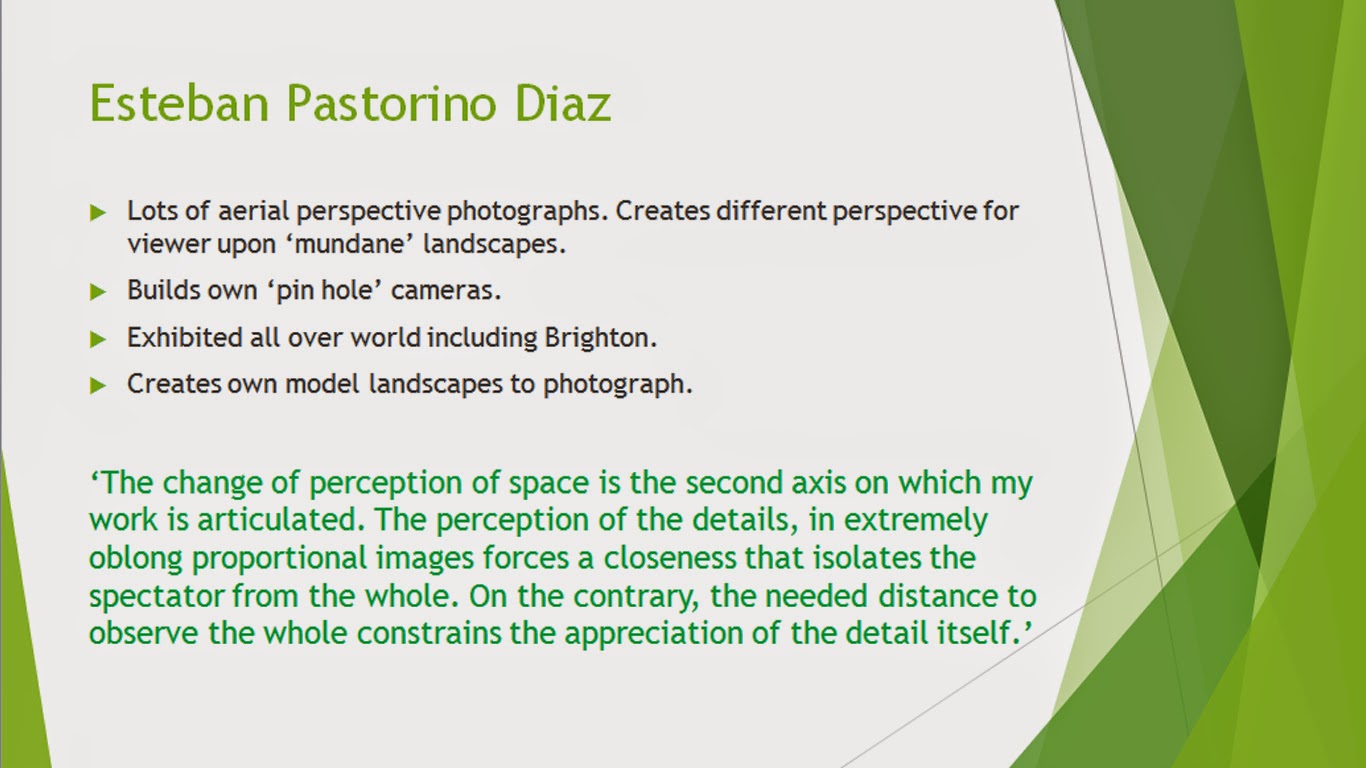Authorship refers to the person who has ownership of an image
Circulation (in modern times) can be sharing images on social media, e.g. Facebook, Instagram, and Flickr. Using Instagram as a case study, the social network allows its users to easily circulate their own pictures. Accounts which aren’t private can be seen by users across the world. The use of filters allows all users to use someone else’s artistic vision which questions the concept of authorship. However Instagram users still have ownership over their photos.
Analog to Digital: The Indexical Function of Photographic Images
McLuhan: “the message of any medium or technology is the change of scale or pace or pattern that it introduces into human affairs”. For example, the railway did not introduce movement or transportation into human society, but it did create new types of cities and accelerated human movement. Digital technology has allowed for editing, because rather than being an object (analog), the photograph is data. Digital technology “challenges the the historical belief that photography is representative of reality”
Analog Photography: “Light bounces off an object and is recorded in the silver salts of the film’s emulsion”
Barthes: “photographic referent” is the object that is in front of the lens, needed to record its image
Digital Photography: Translated into code, so lacks a physical connection between the subject and the image. Doubting “the reliability of photography’s connection to the real”. “Certainly subjects have been told to smile, photographs have been staged, and other such manipulations…but now the viewer must question the photograph at the basic level.”
Richard Hamilton
- Born in 1922 in London, died in 2011
- Inspired by Eduardo Paolozzi and Marcel Duchamp
- Pop Art
- Popularised and recreated Duchamp’s work
“The Bride Stripped Bare by her Bachelors, Even” also called “The Large Glass”
(Duchamp’s work on the left, Hamilton’s recreation on the right). His work questions authorship since it's almost a direct copy of someone else's work.
Julian Stallabrass
- Art historian, photographer and curator from London, UK
- Professor at Courtauld Institute of Art, University of London
- Photographs people, places and sculptures usually in vernacular style
- Uses photography as a social commentary to enforce his own ideologies
The image above was taken in Berlin. It denotes a graffiti portrait of Snow White wearing a bandana and holding a grenade. The text below is translated to ‘anti war’. By Stallabrass taking a photograph of this it is suggested that it reflects his own ideology that he too is against war. The studium of this photograph would be the graffiti in the centre of the image, however this was art created by someone other than Stallabrass. This questions his authorship as the very thing that attracts you to the photo was made by someone else.

This photograph was taken in Chingford, London. Stallabrass argues that taking things out of their context and constructing a more beautiful image is too conventional. He therefore prefers to capture the essence of the natural environment without tweaking too much. In terms of authorship, he considers lighting and composition when taking his pictures. “When photographing, I look for a combination of light, formal and symbolic juxtaposition that appears to work together and gives the subject coherence. Choices about framing, exposure and focus may help to bring that coherence out”.
Michael Wolf
- German Artist & photographer
- Become a photojournalist working in Hong Kong in 1994
- In 2003 he decided to only work on fine-art photography projects
The photograph above is from Wolf's series called 'Real Fake Art'. Wolf photographs regular people holding famous pieces of art. It could be argued that the punctum of the images are the pieces of art which is not his own work. However Wolf uses his own artistic values in terms of deciding on location, subjects, and lighting. In the image above, the setting looks quite deprived and the lighting is very low; this subsequently draws attention to the Pop Art painting.
I think this topic as a whole is quite relevant to my project, since with taking pictures of shop windows, I will be showing someone else's creation in terms of the shop display. However, like Wolf I will make my own decisions in terms of lighting and create my own punctum that is different from the original creators vision.





































